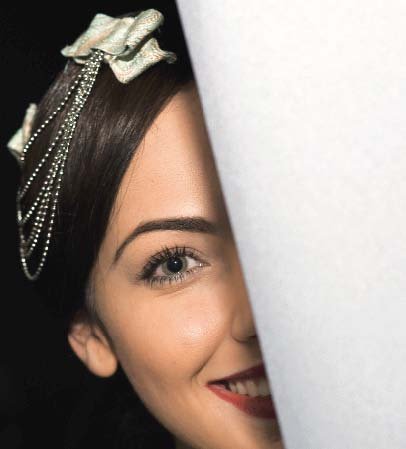
LAHORE:
If you have one or more parents or grandparents who look somewhat young for their age, you may give them just the news they need at their next birthday. Scientists have discovered, the reason some people look young for their age is, well, some people are young for their age.
A study published in the British Medical Journal, entitled “Perceived age as clinically useful biomarker of ageing: cohort study”, ventured to test the age-old clinical practice of using perceived age (how old individuals appear) in patients as part of the assessment of their health. The researchers followed 1,826 twins aged 70 and above in Denmark for a period of seven years. They found that perceived age worked as something along the lines of a ‘biological age’ and was strongly correlated with survival chances and physical and mental functioning.
The study is welcomed at a time when a range of developments have emerged in the effort to understand human ageing, perhaps the most significant of which is the Nobel-Prize winning work of molecular biologist Carol W Greider on the structure of ‘leucocyte telomeres.’
Wait. Wait. Lelo-teco what?
I’m with you on this one. Suffice it to say, telomeres are structures at the end of one type of cell in the body (chromosomes); the juicy part comes in telomere length, which among other things indicates how much ‘replicative potential’ the host’s cells boast. As such, short telomere length has been found to be associated with mortality. Long telomere length, however, has become dubbed by journalists abroad as ‘the Peter Pan gene’, because as it turns out people who possess this trait indeed have less age-related diseases and impairments than their counterparts and can even appear markedly younger. As the researchers in the BMJ study found, “leucocyte telomere length, which is currently among the most promising molecular biomarkers of ageing, was significantly correlated with perceived age.”
There has been so much hype around the Peter Pan gene (and subsequent interest into having the medical community test for and even interfere with telomeres, with the former being reciprocated in the UK) that one could easily forget other research showing that perceived age is also significantly influenced by non-genetic factors. A study published in the Oxford Journals, entitled “Influence of environmental factors on facial ageing”, found that approximately 40% of the differences seen in individuals of low and high perceived age can be due to factors such as smoking, body mass index (high BMI is indicative of good health in the elderly), socioeconomic status and various other lifestyle elements such as marital status, number of children and being free of depression and illness.
The relationship of perceived age with biological age is currently unknown for younger populations, but researchers feel the trend would persist and may be even more magnified in the middle-age bracket.
Thus, if you have such a parent or grandparent in mind, not only can you hope for them to remain healthy and productive going into old age, but you can be proud of them too — because they’ve likely made some good life decisions going into it.
The author is involved in a project called Scholars by Profession. Find out more at www.facebook.com/scholarsbyprofession
Published in The Express Tribune, January 21st, 2013.
Like Life & Style on Facebook for the latest in fashion, gossip and entertainment.
COMMENTS (1)
Comments are moderated and generally will be posted if they are on-topic and not abusive.
For more information, please see our Comments FAQ





























































VERY VERY INFORMATIVE... Thank you for this.
On a lighter note I thought it was botox.